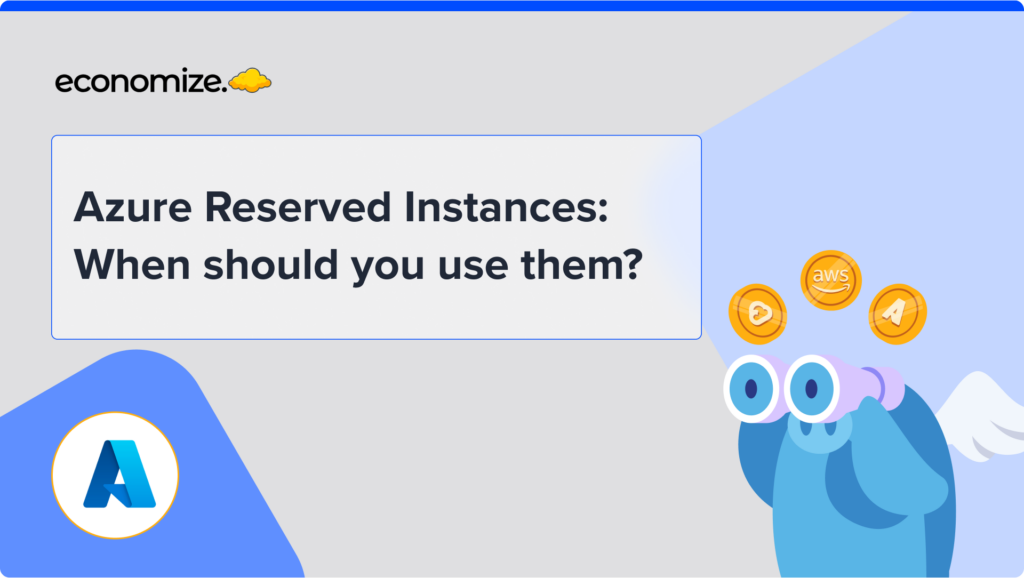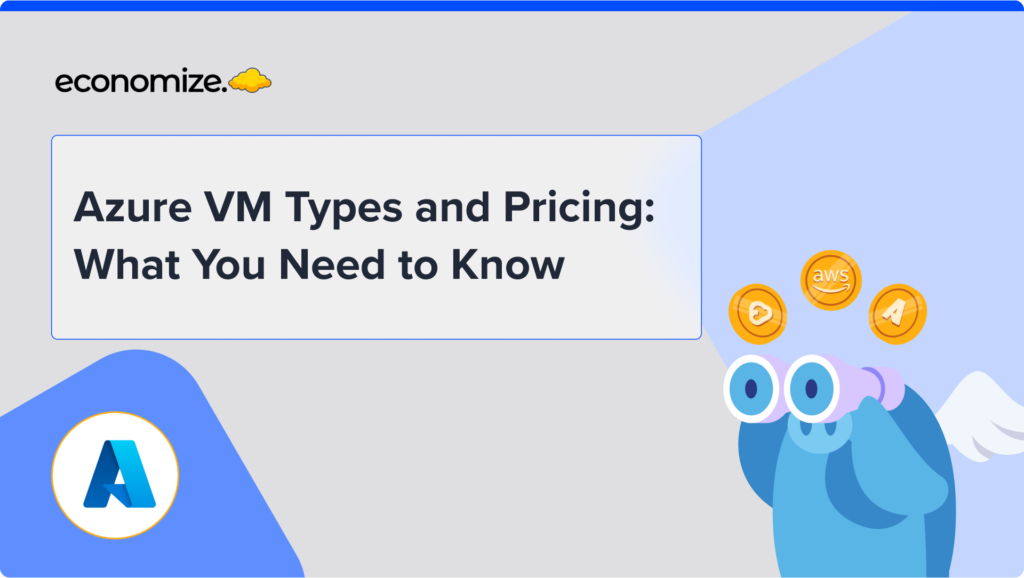AWS is a pioneer in the cloud computing industry, providing scalable and flexible computing solutions to businesses and organizations worldwide. One such solution is EC2 Spot Instances, designed to help organizations reduce cloud costs by bidding on spare EC2 capacity at spot pricing.
While Spot Instances can provide significant cost savings, businesses must understand the potential spot instance limits, the circumstances that lead to spot instance termination, and the risks associated with spot instance preemption. This article will guide you through how Spot Instances work, including the role of spot fleet and spot blocks, to help you balance cost savings with the risks of interruptions.
What are AWS EC2 Spot Instances?
EC2 Spot Instances are a cost-optimization solution offered by AWS that allows businesses to bid on unused EC2 capacity. Spot Instances are instances that are available at a lower cost than On-Demand Instances, but with the possibility of being interrupted by AWS. The price of Spot Instances changes based on supply and demand, and businesses can bid on the price they are willing to pay for the instance. If the spot price falls below the bid price, the instance will start running, and the business will pay the lower spot price.
Where can EC2 Spot Instances be used?
EC2 Spot Instances can be used for a variety of applications, including big data processing, high-performance computing, and scientific simulations. They can also be used for applications that are flexible with respect to availability, such as batch processing, load testing, and background processing.
- EC2 Spot Instances are also suitable for applications that are stateless, meaning that the application does not store data locally, as they can be terminated at any time, and the data can be easily transferred to another instance.
What are the benefits of EC2 Spot Instance?
By taking advantage of unused Amazon EC2 capacity, Spot Instances provide significant cost savings, especially for workloads that are flexible and fault-tolerant.
- Cost Savings through Flexible Pricing: One of the primary advantages of EC2 Spot Instances is the cost savings. Spot Instances allow you to run workloads at up to 90% lower costs compared to On-Demand pricing. This flexible pricing model is ideal for businesses seeking cost-effective cloud solutions without sacrificing performance.
- Scalability for Hyperscale Workloads: Spot Instances offer scalability for hyperscale applications, such as big data processing and high-performance computing. These workloads can take advantage of large pools of available capacity at a lower cost, allowing for efficient scaling to meet fluctuating demand.
- Ideal for Fault-Tolerant and Stateless Applications: Applications that are fault-tolerant or stateless are best suited for Spot Instances. In case of an interruption (due to Spot Instance termination when capacity is no longer available), fault-tolerant applications can continue running without disruption. Stateless applications, which do not rely on continuous data retention, can easily be relaunched or shifted to other instance types.
- Auto Scaling Integration for Flexibility: EC2 Spot Instances can be easily integrated into auto scaling groups, allowing businesses to dynamically adjust capacity based on real-time demand. By combining Spot Instances with auto scaling, workloads can be distributed across multiple instance types, ensuring performance while keeping costs low.
- Spot Fleet for Workload Diversity: The Spot Fleet feature allows you to create a diversified fleet of Spot Instances along with On-Demand Instances. This ensures workload distribution across different instance types and availability zones, reducing the risk of interruption and maximizing capacity utilization. It also gives users control over the maximum spot price they are willing to pay for instances, enabling even greater cost control.
- High-Performance Computing at a Lower Cost: For high-performance computing (HPC) tasks, such as scientific simulations or financial modeling, EC2 Spot Instances provide a cost-efficient alternative. The ability to tap into large-scale capacity at reduced prices makes Spot Instances an excellent option for running compute-intensive workloads.
- Integration with Other AWS Services: EC2 Spot Instances seamlessly integrate with other AWS services, such as Amazon S3, Amazon EMR, and AWS Lambda. This integration simplifies the management of workloads, enabling businesses to build efficient cloud architectures that combine the benefits of Spot pricing with other AWS resources.
- Building Sustainable and Cost-Effective Solutions: For organizations looking to optimize costs and reduce environmental impact, EC2 Spot Instances offer a sustainable solution. By making use of spare capacity in Amazon’s data centers, businesses can lower their cloud spend while contributing to more efficient use of infrastructure.
Difference between EC2 Spot Instances and EC2 On-Demand Instances
The following table summarizes the main differences between EC2 Spot Instances and EC2 On-Demand instances in terms of features, pricing, and availability.
| EC2 Spot Instances | EC2 On-Demand Instances |
|---|---|
| Cost-effective alternative to EC2 On-Demand instances | Typically more expensive than EC2 Spot Instances |
| Users bid on unused EC2 computing capacity | Users pay the full price for the EC2 computing capacity |
| Applications can be terminated at any time | Applications are guaranteed to run until the user stops it or terminates the instance |
| Ideal for flexible, stateless applications | Ideal for applications that require guaranteed computing capacity |
Spot Instance Requests
Spot Instance Requests are a way for you to bid on unused EC2 instances and run them at a lower cost than On-Demand instances. You can use Spot Instance Requests for various use cases such as big data processing, batch jobs, and web services, among others. The key to using Spot Instances effectively is to understand when and why an instance may be interrupted.
- Spot Instance Requests work like an auction, where you can place a bid on an EC2 instance and if the price is less than the current Spot price, you will get the instance.
- The Spot price varies depending on the availability of the instances in a particular region.
- If the price goes higher than your bid price, your instance will be terminated, but you will be given a two-minute warning to save any important data.
Spot Interruptions
Spot Instances are made available at a discounted rate, but there is a trade-off for that reduced cost. Spot Instances can be interrupted by AWS at any time if instances are needed for On-Demand or Reserved Instances. This is because Spot Instances are made available from EC2’s unused capacity, and if that capacity is needed, AWS may terminate the Spot Instance.
The interruption of a Spot Instance is not always predictable, and it can happen at any time without warning. This can cause some challenges for users who rely on these instances for critical workloads, as the interruption can cause data loss or application downtime.
However, AWS provides several tools and resources to help users manage Spot Instances interruptions.
- You can use the EC2 Instance Rebalancing feature to automatically replace interrupted instances with new ones.
- You can also use Amazon CloudWatch Alarms to monitor the health of your instances and take action if necessary.
- Additionally, you can use Amazon Elastic Block Store (EBS) to store your data and attach it to a new instance if your current instance is interrupted.









